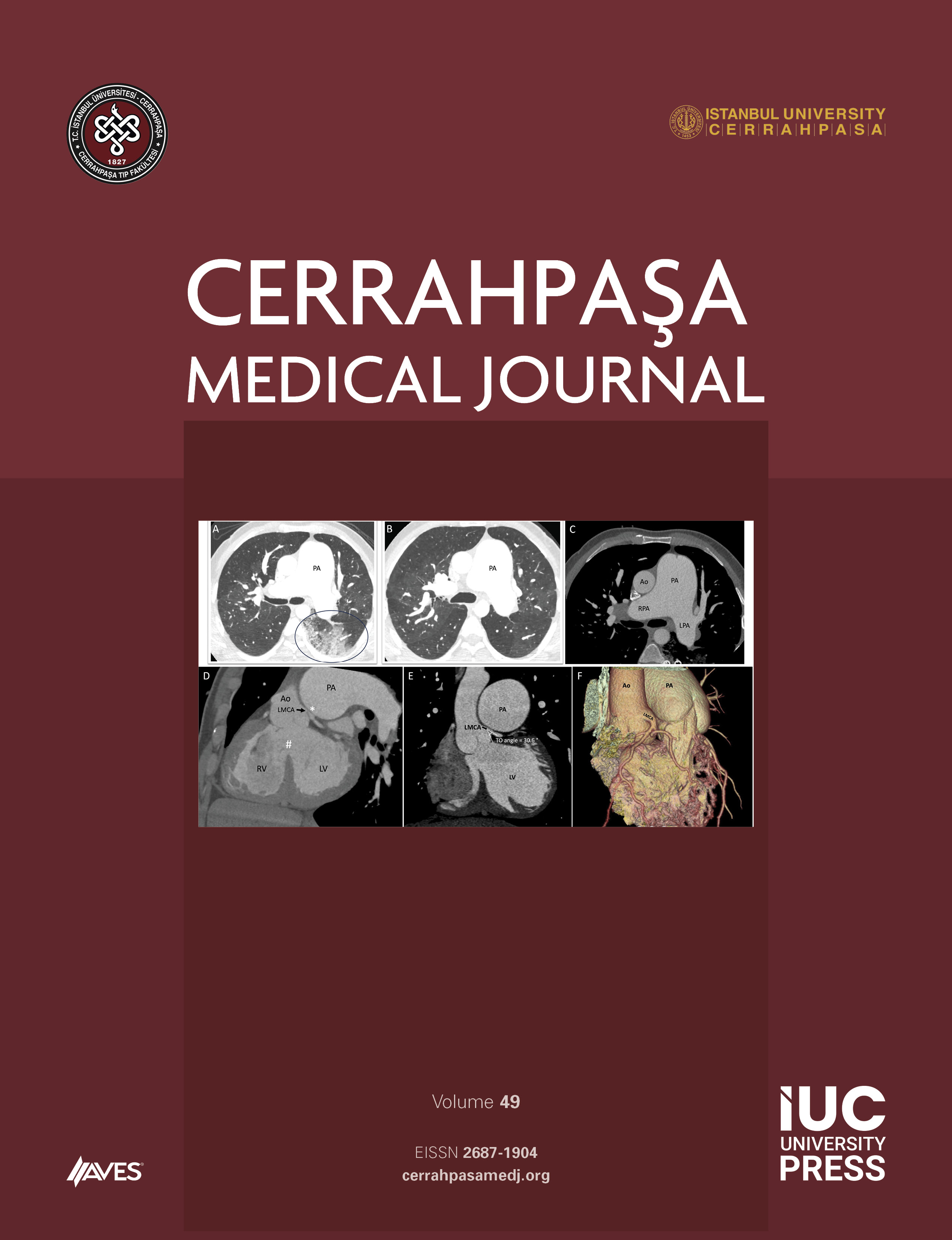Objective: Dyspeptic symptoms constitute the majority of outpatient gastrointestinal consultations, yet most patients have no detectable malignancy or major upper gastrointestinal pathology. Alarm symptoms allow for an accurate selection of priority patients for endoscopy. This study examines the relationship between upper gastrointestinal alarm symptoms and histopathological findings.
Methods: The study prospectively evaluated 260 cases who underwent upper gastrointestinal endoscopy due to dyspepsia and alarm symptoms between July 2021 and January 2022. Patients’ age, gender, symptoms, endoscopy reports, and histopathological findings of endoscopic biopsies were recorded. The correlation between alarm symptoms and malignancy was analyzed statistically.
Results: Male/female ratio was 57% to 43%, and the mean age was 41.50 years. Of these cases, 53.80% (n = 140) had at least 1 alarm symptom, while 46.10% (n = 120) had no alarm symptoms. Anemia was the most common alarm symptom, corresponding to 27.69% (n = 72) of the cases. Those with alarm symptoms had a higher incidence of malignancy (P < .001). The incidence of malignancy was significantly higher in patients aged ≥45 years and in patients with anemia, dysphagia, weight loss, melena, family history of gastric cancer, positive abdominal mass, and lymphadenopathy (P < .05). The malignancy rate was significantly higher in patients with 3 or more alarm symptoms (P < .05). Anemia and weight loss were found to be predictive factors for gastric cancer.
Conclusion: The risk of malignancy was higher in patients aged ≥45 years and in patients with anemia, dysphagia, weight loss, melena, family history of gastric cancer, abdominal mass, and lymphadenopathy symptoms and signs. In the presence of ≥3 alarm symptoms, the sensitivity was 100%.
Cite this article as: Akıncı O, Tunç E. Evaluation of the relationship between alarm symptoms and pathological findings in upper gastrointestinal system endoscopy. Cerrahpaşa Med J. 2022;46(2):104-107.



